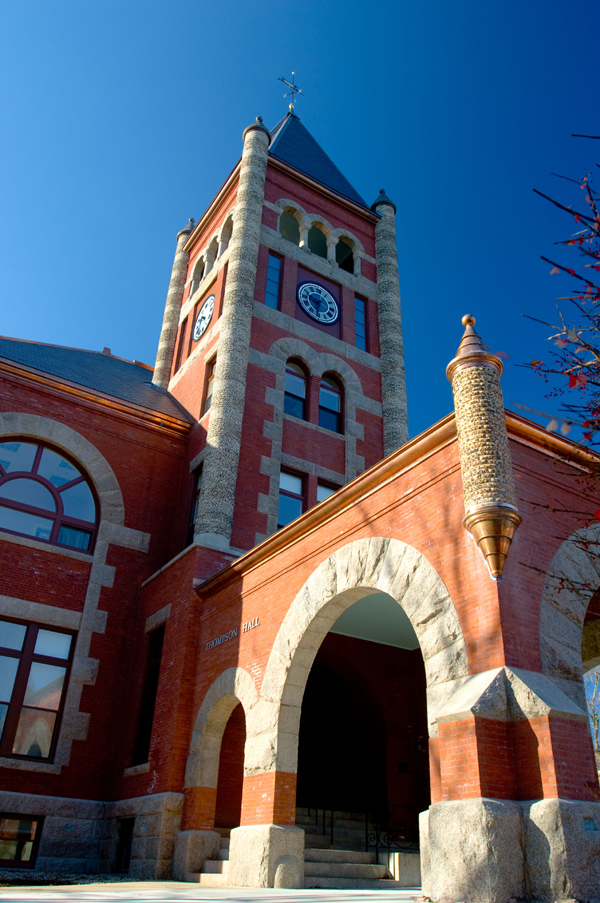By Adam Cook
STAFF WRITTER
Scientists from UNH collaborated in 2008 to develop components of a satellite that has since been sent into space to gather more information about the boundaries of our solar system.
With the go ahead from NASA in 2003, the scientists at UNH were able to begin working on the collimator for the satellite. Collimators focus beams of particles or waves. Both satellite and mission are named IBEX, an acronym meaning Interstellar Boundary Explorer.
“I had run across the material outside of our solar system with the first instrument for space that I designed and built back in Germany,” said Eberhard Möbius, professor at UNH and one of the scientists working on the IBEX. “So I designed one of the first time of flight mass spectrometers for space application.”
The mass spectrometer is a device that measures the mass of atoms or any other electrically-charged ions. The way Möbius’ spectrometer works is by deflecting the atoms and ions, and measuring and timing their distance. After measuring the timing and distance one can figure out the speed. With that knowledge one can figure out the kinetic energy and then, with more elaborate mathematical equations, one will be able to find out the mass of the atom or ion.
“It’s like having a little guy up there with a stopwatch, but it’s all in electronics,” Möbius said. “It was the first time someone has measured gas from outside of the solar system.”
After developing the mass spectrometer, Möbius and his team proposed the IBEX mission to NASA. The original proposal was to study things from outside of the solar system and measure the interstellar gas. Möbius and his team had two unsuccessful proposals before IBEX was accepted by NASA in 2003 as a study. In 2005, NASA gave the go ahead to begin building the satellite.
The two collimators of the IBEX were built at UNH. The collimators will essentially pick up one strip of pixels at a time. The images that were released from the IBEX had been taken over a period of half a year to produce one image.
The images that came back from IBEX show a ribbon of different gases such as hydrogen, helium and oxygen. This was a surprise to all of the scientists involved. The way that the ribbon of gases is portrayed gives a more in-depth look at the edge of the solar system and the interstellar gases that exist beyond our solar system.
As well as Möbius, many other scientists came together to produce the IBEX collimators.
“Mark Granoff, a mechanical engineer, contributed a lot to the IBEX,” said Stanley Ellis, a research project engineer at UNH. Ellis also worked alongside Möbius building the collimators for IBEX.
“Dr. Möbius is one of the most well-liked and most well-respected astrophysicists we have here because everyone loves to work on his projects,” said Todd Jones, a 1991 graduate of the UNH who now works on various projects within the space science program.
The IBEX was launched in 2008, and since then the scientists at UNH have been working on many other projects that are helping the progression of our space knowledge.





















